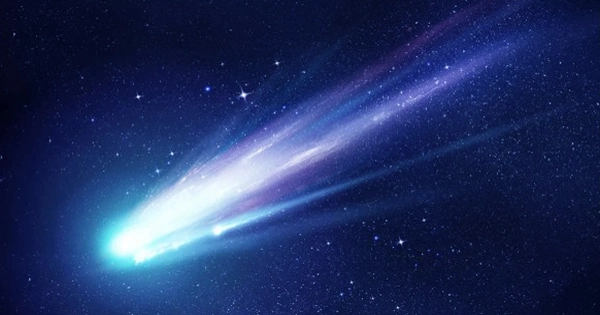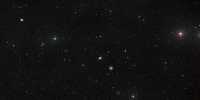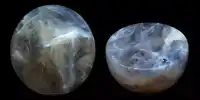Comets lose volatile ice and fade away over millions of years even beyond Saturn’s orbit, which was previously assumed to be part of their safe zone. The origin of this transition is unknown, but the answer may shed light on some other intriguing observations of frozen objects in the Solar System. Every few years, Earth is dazzled by a comet passing through the inner Solar System, making its first close approach to the Sun – or the first in tens of thousands of years. Meanwhile, a greater number of comets are passing close to the Earth on a regular basis, and they go unnoticed.
We don’t pay them much attention until we’re visiting them through spacecraft since they’ve spent so much time close to the Sun that most of their frozen stuff has evaporated. Today’s exhibits have lost their glitz and glam. However, sunlight is faint beyond Saturn, so weak that methane and ammonia ices that convert to gas at temperatures of 182.456 °C (296.421 °F) and 77.73 °C (107.91 °F), respectively, remain solid. As a result, it was supposed that a comet could stay in such a space for as long as it wanted without losing material or brightness. Dr. Nathan Kaib of the University of Oklahoma gives proof that this isn’t the case in the journal Science Advances.
“Long-period comets, which take at least hundreds of years to complete one orbit around the Sun, spend the majority of their lifetimes thousands of times farther away from the Sun than the Earth,” Kaib said in a statement. “On the other hand, they occasionally evolve very elliptical orbits and, as a result, make regular incursions toward the Sun and its surrounding planets.” Jupiter and Saturn can radically alter the orbit of a comet that approaches them close enough, but they can also have a slower effect on comets that are considerably further away. Kaib calculated how comet orbits would alter as a result of the slow tug and discovered that many will shrink, making their maximum distance from the Sun far higher than when they were formed.
“We should thus expect many more comets on these reduced orbits in the outer solar system than on bigger orbits,” Kaib said. “Instead, astronomers observe the inverse: distant comets with shrunken orbits are almost entirely absent from observations, whereas comets with bigger orbits dominate our census of the outer solar system.” Kaib concludes that comets with smaller orbits have faded to the point that they are difficult to identify, similar to those in the inner Solar System. Only if comets are stable beyond a yet-to-be-determined greater distance would the claim be valid.
Of course, it’s possible that Kaib’s modeling is incorrect, and that the reason we’re finding fewer comets with smaller orbits is simply that there aren’t that many to begin with. Several recent finds, on the other hand, back up his statements. When the so-called “mega comet” C/2014 UN271 (Bernardinelli-Bernstein) passed near to Neptune, cometary activity was observed. This comes after Hubble discovered cometary activity by C/2017 K2 Panstars at a distance of 2.4 billion kilometers (80 percent as far from the Sun as Uranus).
Meanwhile, despite being in a reasonably circular orbit beyond Jupiter, where its ices should be stable, Comet 29P/Schwassmann-Wachmann continues to explode. We don’t know what causes these gasses to escape, but they reveal that frozen objects can lose material even when they’re far from the Sun. Although gradual, such processes may cause comets to fade in the way proposed by Kaib if given enough time.















